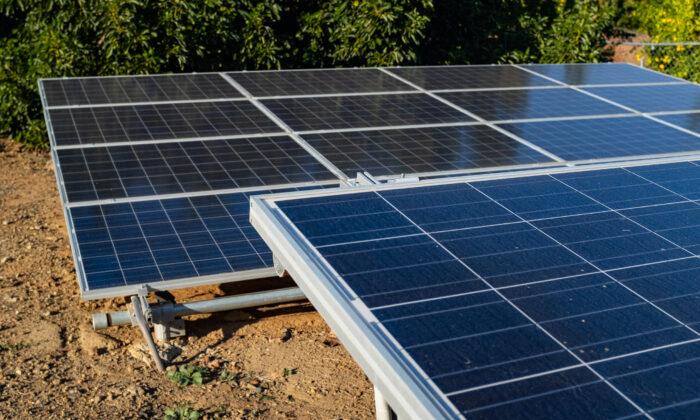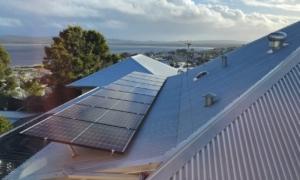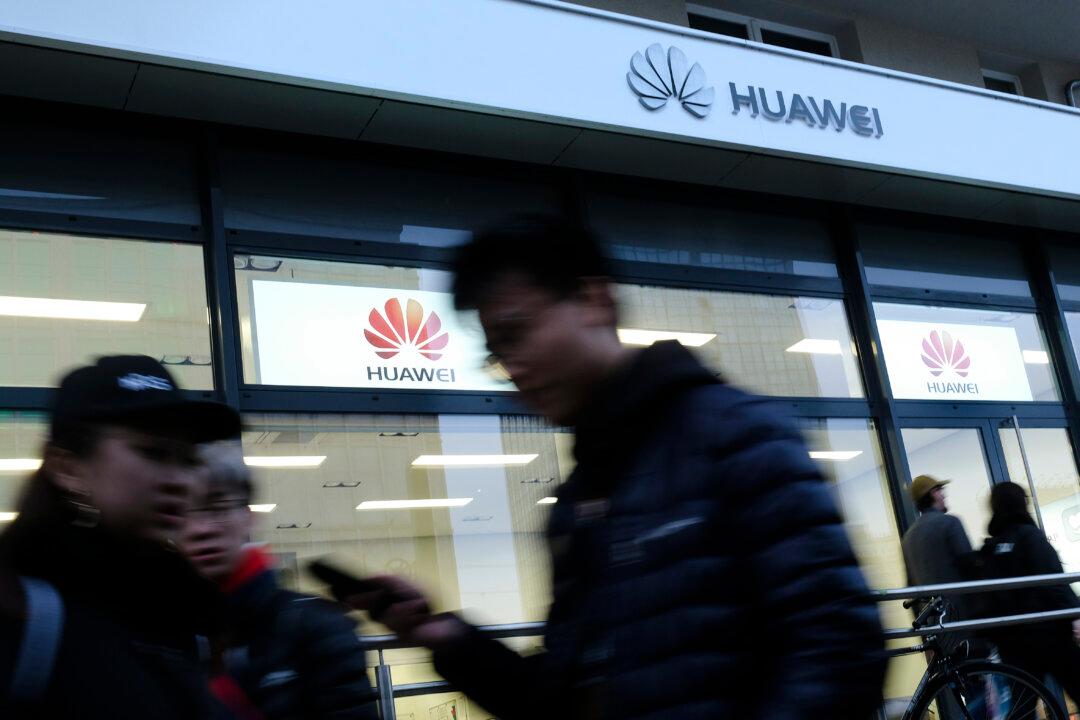The United States says it will impose tariffs on five solar panel companies that have been finishing their products in Southeast Asia to avoid U.S. tariffs on Chinese-made goods.
The tariffs, announced on Aug. 18, won’t take effect until June 2024, when a two-year waiver from President Joe Biden is set to expire.
In an investigation that began in March 2022, the Commerce Department examined eight companies operating in Cambodia, Malaysia, Thailand, and Vietnam—four countries that together supply about three-quarters of the solar modules imported into the United States.
Of the eight companies, the department found that five were evading tariff rules: BYD Hong Kong, New East Solar, Canadian Solar, Trina Solar, and Vina Solar. The firms only conducted minor processing to finish their solar products before bringing them to the U.S. market, Commerce officials said.
The findings were largely consistent with a preliminary finding the department put out in December, which flagged four solar makers for violating tariff laws. A fifth, Cambodia-based New East Solar, was added to the list on Aug. 18 after the company refused to cooperate with authorities’ on-site audit of its operations.
While the decision has met resistance from solar panel buyers that rely on cheap imported products to cut project costs, it’s welcome news for small U.S. solar manufacturers, which have struggled to compete with Chinese goods on price points for years.
China has been a dominant force in solar panel production, supplying 97 percent of the world market share in solar wafers, according to the International Energy Agency. Its global share in all the manufacturing states of solar panels exceeds 80 percent.
Under the ruling, all solar manufacturers from the four countries will face new tariffs unless they certify they are not circumventing the duties. The certification requirement isn’t needed for solar cells made in those countries but assembled in another country into modules or other products before reaching the United States.
U.S. trade officials began the investigation following a complaint from San Jose-based solar manufacturer Auxin Solar. The anti-dumping duties have been in place for a decade on Chinese-made solar goods after a Commerce probe found Chinese companies taking government subsidies to keep prices artificially low.

Environmental, Human Rights Concerns
A nonprofit research group in a July report said that Chinese-made solar panels produce three times as much carbon emissions during production.By sourcing solar products from China, international solar companies also increase their exposure to human rights abuses. A key supplier of polysilicon, the material used in manufacturing solar panels, is Xinjiang, the region known for the mass detention of Uyghur Muslims and forced labor issues.
An August report by England’s Sheffield Hallam University assessed 10 solar manufacturers, including the world’s top five brands, and most of them had a “high” or “very high” risk of exposure to Xinjiang inputs.
“It is sometimes impossible to determine if it is indeed the case that these dedicated product lines are XUAR-input-free because companies do not disclose sufficient supply chain information,” the report said. “Despite significant global pressure for increased transparency, information regarding solar industry sourcing is becoming less transparent over time, thwarting the world’s ability to source ethically.”
Solar panel waste has also become a major issue in China as the country ramps up solar manufacturing capabilities without maintaining proper technology standards.
Photovoltaic panels have a lifespan of about 25 to 30 years, and many of China’s projects already show significant signs of wear.
The growing waste volumes for aging solar panels have prompted China’s state planner, the National Development and Reform Commission, to set up a recycling system. The commission said on Aug. 16 it will draw up new industrial standards and rules for the proper ways to dismantle and recycle solar facilities, with the goal of having a “basically mature” recycling system for wind turbines and solar panels by the end of the decade.







